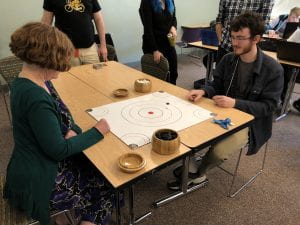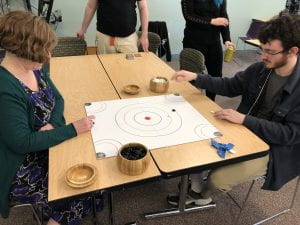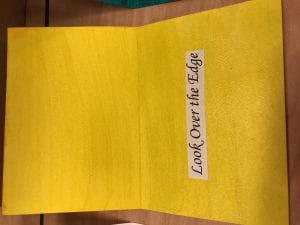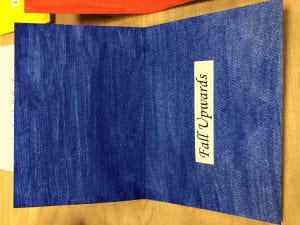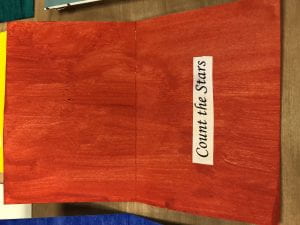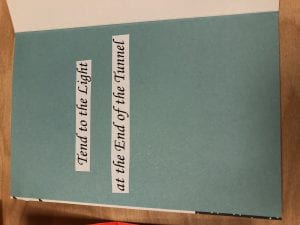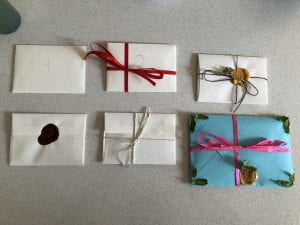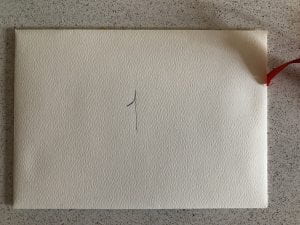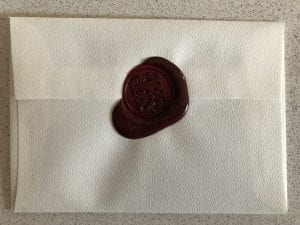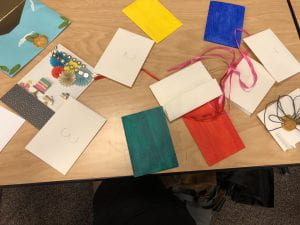Drawin’ Blanks
You are college students who have been assigned multiple final projects for the end of the semester. However, after many weeks of rigorous conception, multitasking, and academic heavy lifting, you are now near the end of your motivational rope, and your creative well runs dry. Faced with this frustrating plateau, your task is to “think outside the box” to generate multiple sets of good ideas. Will you slowly build on them over the course of time, or wait until the last minute hoping for inspiration to strike?
Materials:
- 4 decks of cards
- A box
- A timer
- 2 players
Procedure:
- Start a timer for 5 minutes
- Place decks A and D outside of the box, leave decks B and C inside
- Players sit adjacent from each other and take turns drawing cards from any pile
- Each player’s goal is to obtain a set of cards of the same suite/color that add up to 10
- When such a set is obtained, it is placed face up on the table and an additional card of that color may be placed adjacent, up for grabs by the opponent player should they have a set that requires that card. If such a card is unavailable, choose any other color and place it adjacent to the full suite.
- The objective is to have the highest number of full sets by the end of the round, getting through all the decks as quickly as possible
- Each deck has a specific theme/pattern that must be discovered in order to determine the best strategy
Other rules:
- If you have 2 sets or more you must play at least one
- Can take multiple aux cards from the opponent’s completed sets if they all complete one of your own set
- At the end of the game, players can exchange blank cards for 1’s or draw one card for each blank they have, after which any blanks are considered worthless
- When arranging sets at the end of the timer, players are no longer required to take turns or place down aux cards next to full sets
Deck themes:
- Slow and steady
- Last minute pressure
- Progressive overload
- The good student
Designer’s Statement
For this game I found myself scratching at the bottom of the barrel in terms of drive, both motivationally and creatively. Perhaps creative exploration within academic confines is not for me. My original idea was going to be a game called “wall jump” based on a singular, fast-paced twitch mechanic that handles movement and combat, but I was hard-pressed to find the time to learn Unity in order to develop it fully.
By my second iteration I had had a conversation with the victim of my previous artwork, Seven Siegel, and expressed to him my inability to think of (or at least give energy to thinking of) truly meaningful great ideas. I told him that I was “drawing blanks” and having trouble “thinking outside of the box”, and that I don’t like to settle for mediocre concepts fo the sake of a grade, usually leaving me either empty-handed or scrambling for inspiration at the last minute. He looked at me with a face that said I had just answered my own question, saying “I dunno drawing blanks, thinking outside the box? Sounds like you got plenty there” and in a moment of inspiration, I figured out how to convey my plight. That night I went home and put an ironic amount of effort into something that was supposed to be and feel half-assed.
The end result was a surrealist expression of different themed approaches to “the crunch” or needing to tap into one’s creative center in general. Sharp mentions conceptual affordances and how they can be manipulated in order to subvert what is and isn’t possible and create something entirely unique and engaging for its own reasons. For this assignment, I dug deep to twist the traditionally accepted conceptual affordances of card games; instead of the assurance that every hand is going to BE something, most hands are quite nothing. This, combined with the overall game-feel is ultimately evocative of an art game that doesn’t feel like a game. It feels like a struggle.
P.S. I have been getting an HTTP error every time I try to upload images to this post. I will try to fix it, but for now here are some imgur links.
https://imgur.com/1IgLKKw
https://imgur.com/dHaZUzW
https://imgur.com/h3V0vxQ

